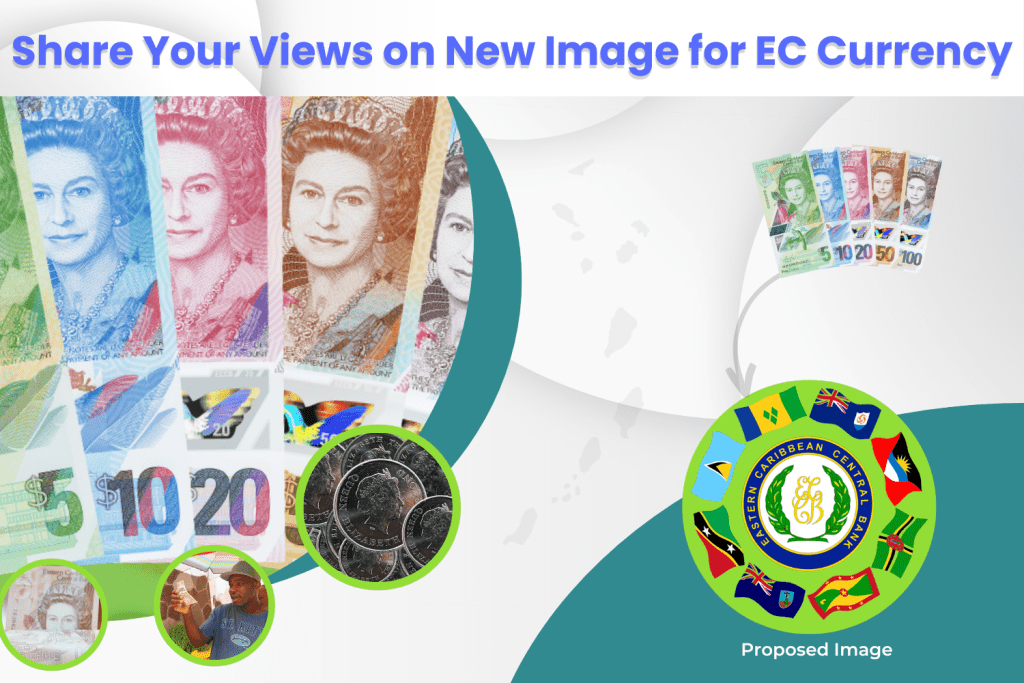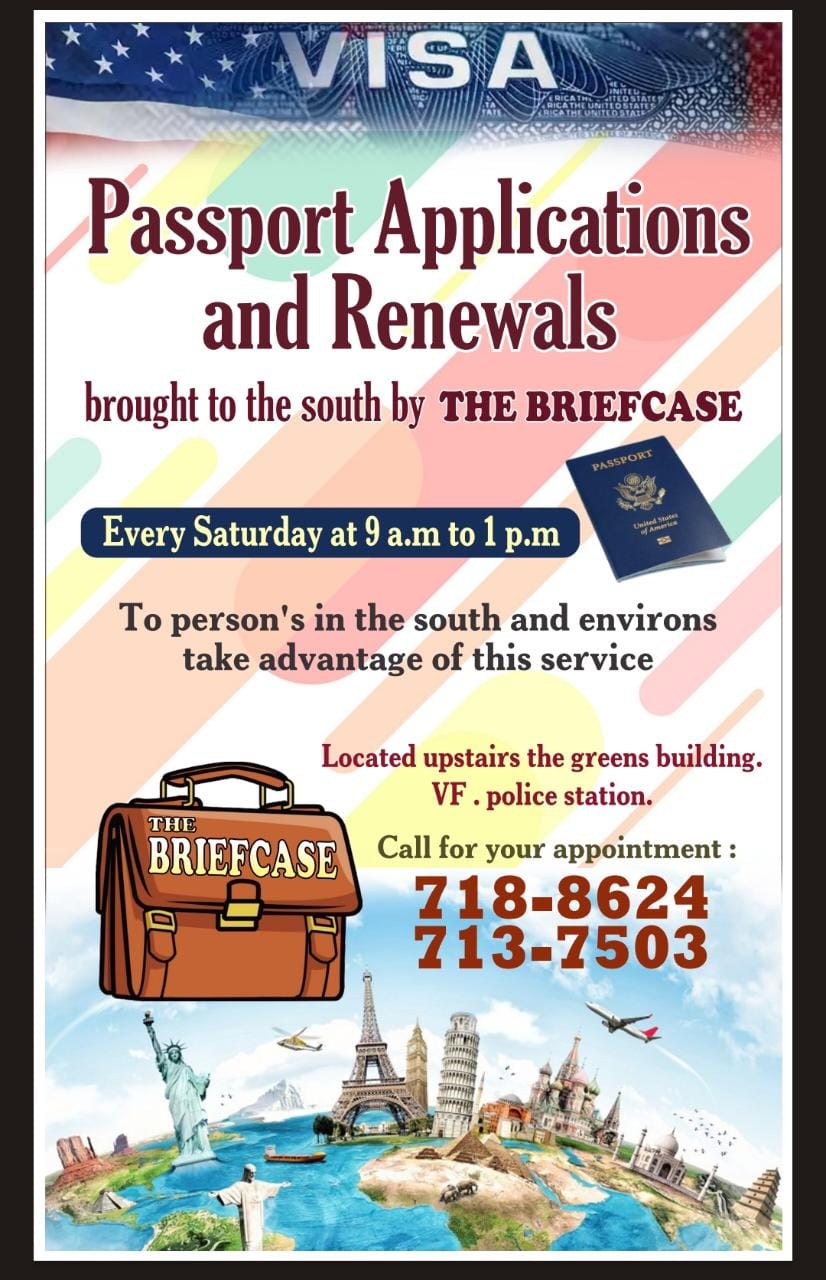06/09/2023
ECCB seeks public input on updating the look of the EC currency
By ECCB


At its 105 th Meeting on Friday, 21 July, the Monetary Council of the Eastern Caribbean Central Bank (ECCB) approved the replacement of the late Queen Elizabeth II’s likeness on the Eastern Caribbean currency.
The Monetary Council also approved a proposal to replace the late Queen with the logo of the Eastern Caribbean Currency Union (ECCU) subject to a period of public consultation from now until 31 December 2023. Kindly see logo attached. This image has been proposed because it features all eight member countries of the ECCU.
It is anticipated the landmarks that are currently featured on our EC notes will be retained. These include:
1. Anguilla – The Warspite (back of the $10 note)
2. Antigua and Barbuda – Admirals House (back of the $5 note)
3. Commonwealth of Dominica – Trafalgar Falls (back of the $5 note)
4. Grenada – Nutmeg (back of the $20 note)
5. Montserrat – Government House (back of the $20 note)
6. Saint Christopher (St Kitts) and Nevis – Brimstone Hill (back of the $50 note)
7. Saint Lucia – Les Pitons (back of the $100 note)
8. Saint Vincent and the Grenadines - Admirality Bay (back of the $10 note)
Furthermore, it is also anticipated that the images of Sir Arthur Lewis (back of the $100 note) and Sir K. Dwight Venner (back of the $50 note) will be retained on the EC notes.
During this consultative process, the public is invited to comment on the proposal to replace the Queen’s image with the ECCU logo, as well as offer suggestions for alternatives or additional images to use on the EC currency.
Recommendations can be sent by direct message to the ECCB Connects Facebook Page, by email to [email protected] .
The Monetary Council will make a final decision on the new look for the EC currency by February 2024.
Bearing a large portrait of Her Majesty Queen Elizabeth II, the first EC banknotes were issued in November 1984 to commemorate the ECCB’s first anniversary. Prior to 1984, banknotes – featuring different portraits of the Queen – were issued by the East Caribbean Currency Authority (ECCA) from 1965 to 1983 and the British Caribbean Currency Board
(BCCB) from 1950 to 1965.
Historical Note:
The logo of the Eastern Caribbean Currency Union (ECCU) shows the flags of the ECCB Member Countries encircling the logo of the Eastern Caribbean Central Bank (ECCB).
The logo of the Eastern Caribbean Central Bank was designed by Mr Dennis Richards of St.Kitts/Nevis on 27 June 1984. In June 1992, Miss Marijka Grey of St Kitts/Nevis reproduced a coloured version of the logo with the colours blue, green and yellow.
The logo consists of a blue circle bordered with a narrow yellow strip both on the inner and outer rims of the circle. The words Eastern Caribbean Central Bank are inscribed in yellow lettering on the blue circle. This circle frames two green laurels interspersed with splashes of yellow encasing the letters ECCB, also written in yellow and resting on a white background.
White - The purity of aspiration of the peoples of the sub-region and the sand which frames the lovely waters of the Region.
Blue - The azure colour epitomizes the comely and breath taking beaches/waters and clear skies of which this Region boasts.
Yellow - The goldish yellow embodies the warmth of the people and the radiant sunshine.
Green - The green symbolises the lush vegetation and verdant fields and forests of the islands.
The combination of colours clearly illustrates the two major economic activities for which the islands are known, to wit, Agriculture and Tourism.
Laurels - These evergreen shrubs are symbolic of the honour which the Central Bank seeks to bring to the sub-region as it grapples with the challenges encountered along the path to the achievements of balanced growth and developments.

TO RECEIVE NEWS NOTIFICATIONS VIA WHATS APP PLEASE SAVE OUR NUMBER AND SEND US A MESSAGE AT 7584896261 AND WE WILL ADD YOU TO OUR LIST








